I accept VadaTech copyright information.
Home
Products

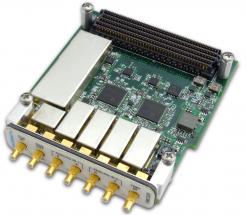


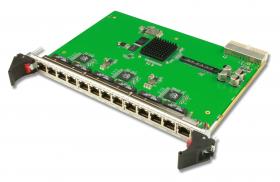

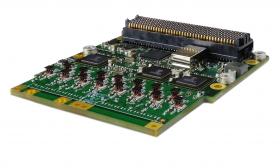




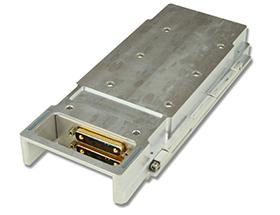
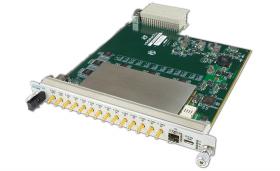



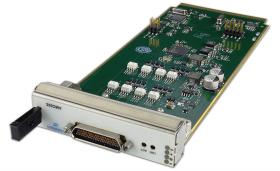

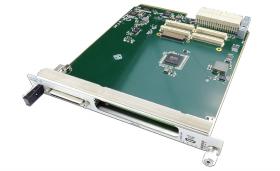
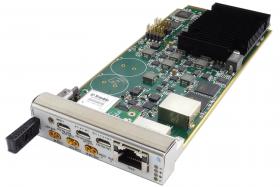


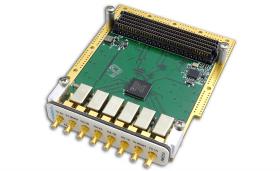
Newsroom
By Function























 |
I accept VadaTech copyright information.
Please enter your email registered at VadaTech and we will send you your password.
In applications from radar to networking to beam position monitoring, voice or video over IP, and many others, the need to synchronize the timing of networked nodes with the system is critical. By providing precision timing within one compact high-performance system, significant system costs and space can be saved, with higher reliability.
A network is disciplined to the timing of a GPS clock or set to an arbitrary clock that keeps time for the system. GPS is used in many airborne, naval, and other applications that are mobile, but also across a terrestrial network of cell towers for IP traffic. Regardless of the type, how a system is attuned to the GPS or other clocking is important. The clocking of the system can be important in terms of having accurate time for human interface – to see the actual time of events. The transmission side of the equation is equally important. The timing of when data is sent/received in the system can make a significant difference for buffering and packet loss in data streams. In addition, precision timing is critical for aligning separate nodes into a combined synchronous event, such as in physics lab tests. It is also a key basis point in algorithmic equations for precision in radar/targeting.
Clock distribution in a MicroTCA system is handled by the MicroTCA Carrier Hub (MCH) and can be implemented with different standard or non-standard clocking schemes, such as the non-redundant, redundant, and enhanced-redundant schemes. VadaTech MCHs offer telco and GPS clocking options to address a wide range of industries and applications.
Clock distribution for the VadaTech 1U chassis variants is taken care of by the MCH-equivalent portion built onto the chassis mid-plane. These 1U chassis can distribute five clocks from a single logical MCH. The VT854 chassis has two MCHs built in, both MCHs have full access to all clocks in the chassis.
In addition to simple clock routing, VadaTech’s MCHs are also capable of telco or GPS clock disciplining/generation as an add-on to the basic clock routing functionality. The combined functionality of the telco M-LVDS/front panel clock routing and the telco/GPS clock disciplining/generation is called the VTCLOCK subsystem in VadaTech MCH.
In addition to simple clock routing, VadaTech’s MCHs are also capable of telco or GPS clock disciplining/generation as an add-on to the basic clock routing functionality. The combined functionality of the telco M-LVDS/front panel clock routing and the telco/GPS clock disciplining/generation is called the VTCLOCK subsystem of the MCH.
The Precision Time Protocol (PTP), defined by IEEE 1588, is used to synchronize time throughout a local network. The PTP is intended for relatively localized systems and works on networks that support multicast. It achieves clock accuracy in the sub-microsecond range, making it suitable for measurement and control systems.
Implementing IEEE 1588 Version 2 of the specification, the VadaTech PTP subsystem is designed in a flexible manner to allow independent configuration of PTP domains for Base and Fabric switches.
PTP operation settings are modified through the configuration file on the MicroTCA Carrier Hub (MCH) CPU and is also supported on the VadaTech AMC005. These modifications involve configuring the Base and Fabric switches available on the MCH to be slaved to one of the available PTP masters. After switch masters are configured, the switches are capable of synchronizing slave devices connected to specified slave ports to the PTP master time. Specifying the slave interfaces in the configuration file for each switch is required to enable the PTP operation on those interfaces.
To sync the NTP time and therefore the MCH CPU time from PTP, the NTP should be configured so it takes the time from the shared memory containing the time set by the PTP. The MCH subsystem or AMC005) provides an interface to enable the disciplining of the NTP time domain to local precision time. The following local precision time sources are available:
One concern in Ethernet-based transmission of data is the timing between the sender and the receiver. There needs to be some buffering to help the receiver catch up if it is slower than the sender. But, there is only so much buffer storage available before some packet loss occurs. Ethernet was not designed to ensure the sender and receiver were synchronized. But today, Synchronous Ethernet (SyncE) can ensure the receiver never has a buffer overflow resulting in packet loss.
Providing SyncE in an embedded system improves QoS for all types of applications using heavy data packets, such as video over IP. Whether it’s a video processing system for broadcasting a sporting event or electronic surveillance over an IP network, SyncE is a key vehicle.
While SyncE captures the frequency and phase, IEEE1588 is the time side of the equation. IEEE1588 calculates the difference between the timing of the clock it is using versus that of the grand master clock (GMC). An example of the importance of SyncE/IEEE1588 is in a radar application.
VadaTech supports SyncE in our UTC004 third generation MCH and provides the AMC005 as a dedicated timing/synchronization/clocking module.